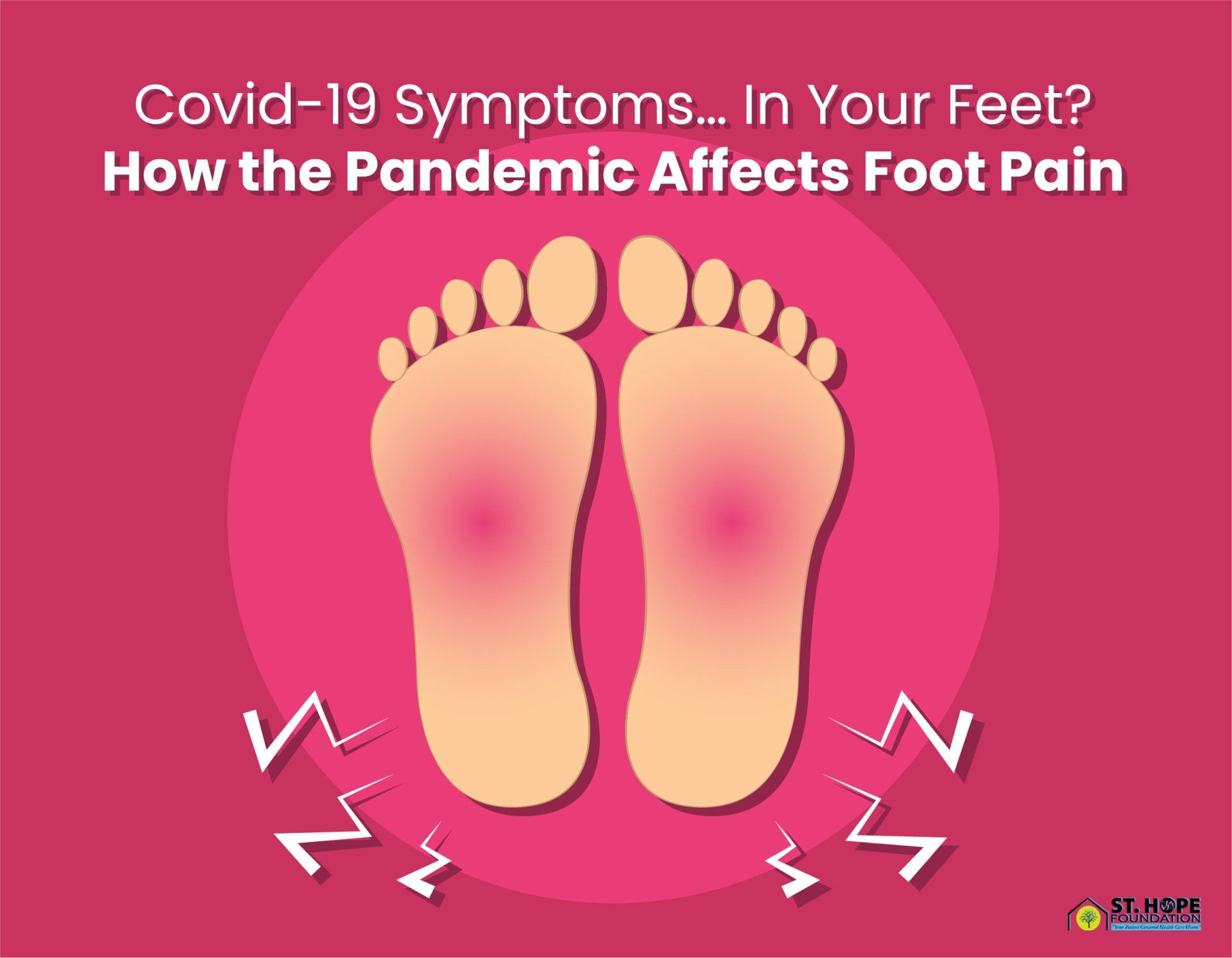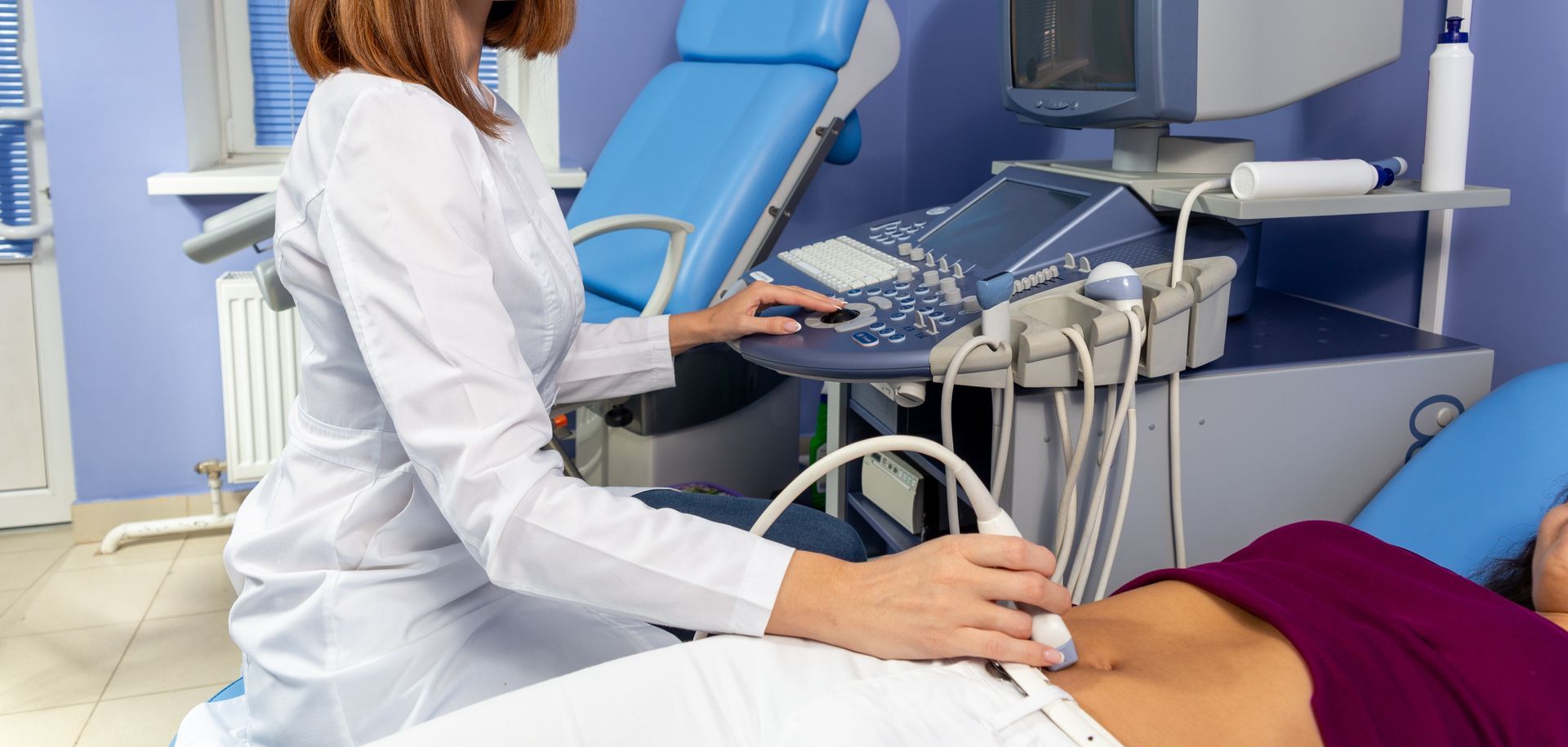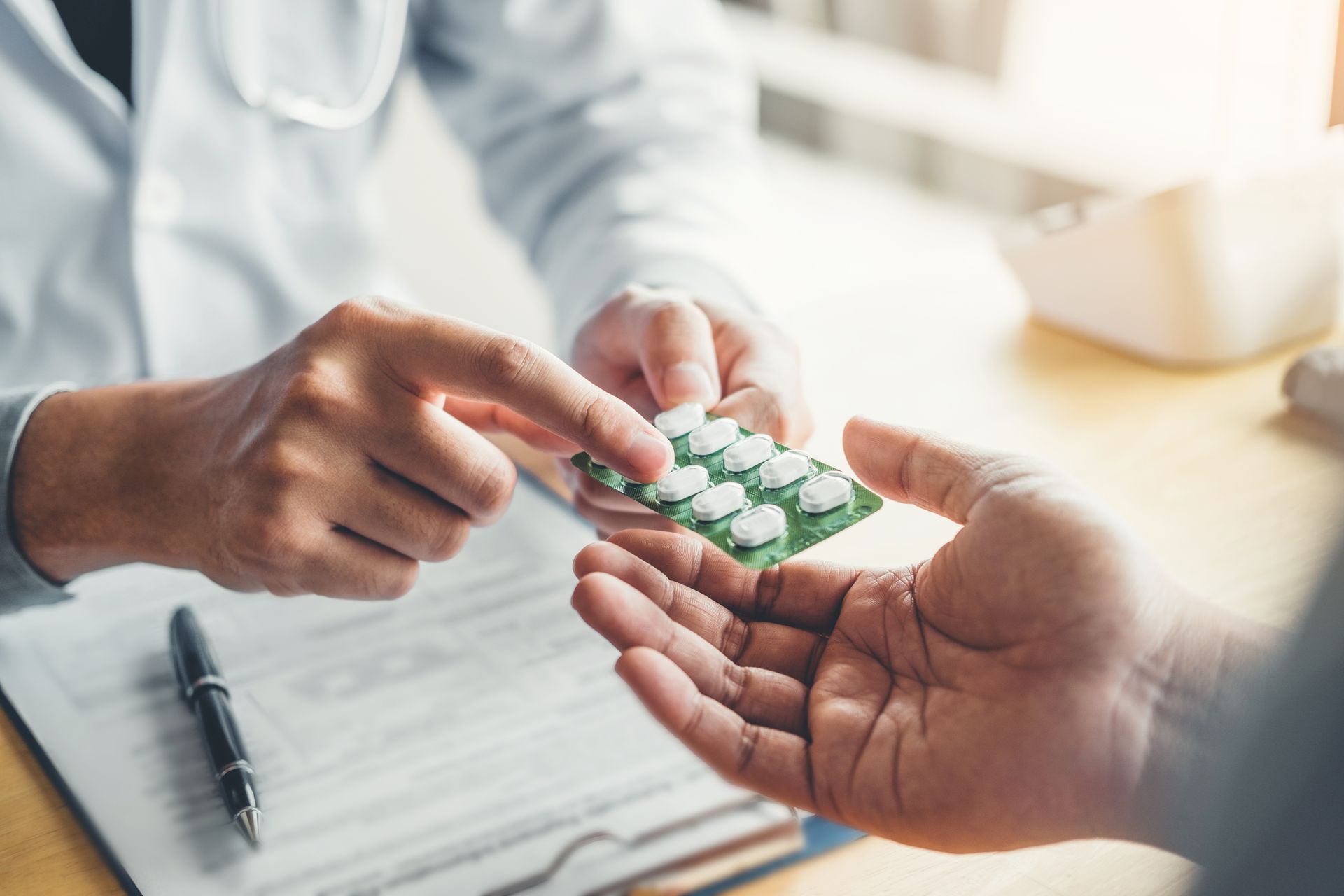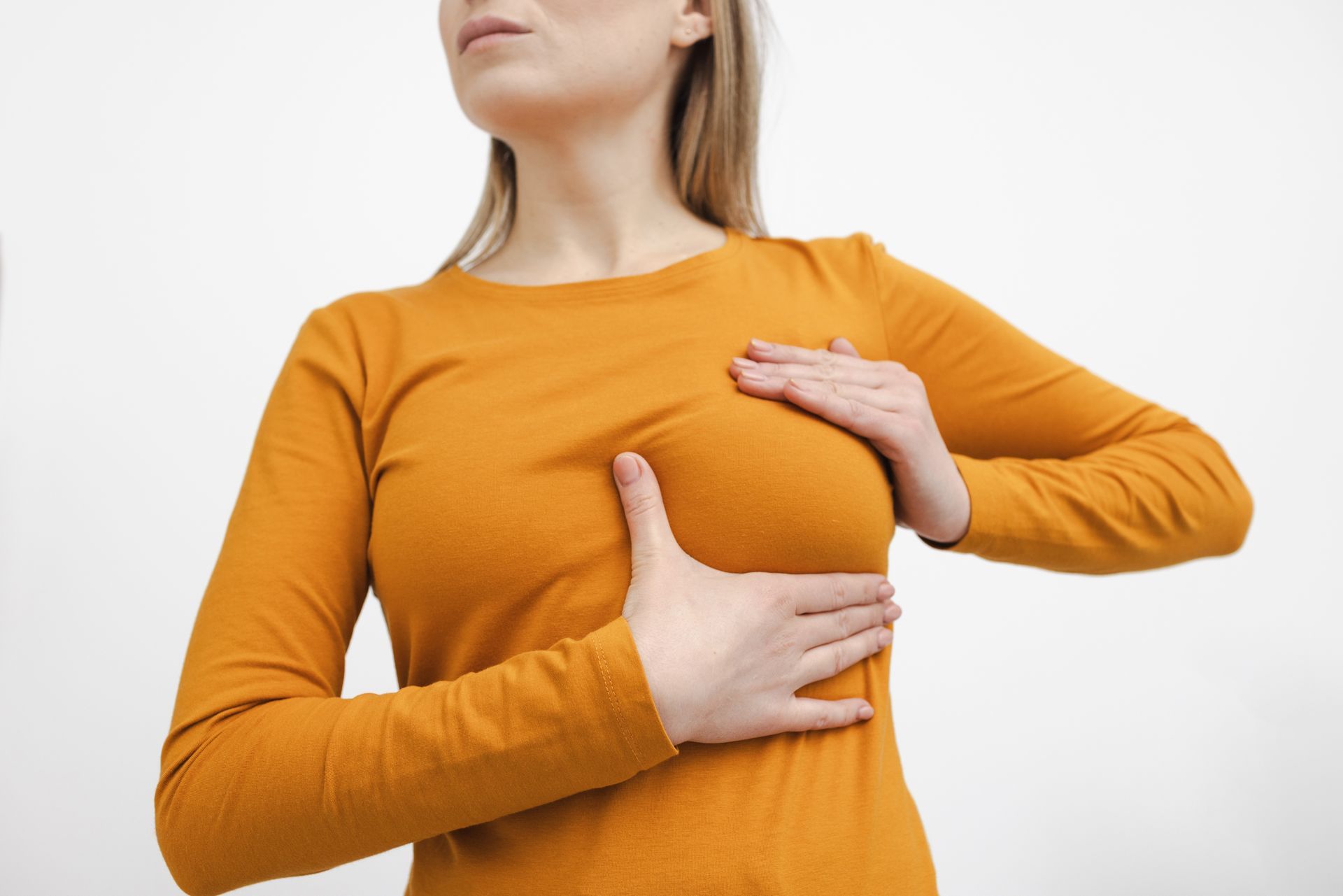Recent Posts
COVID-19 Symptoms… In Your Feet? How the Pandemic Affects Foot Pain

The COVID-19 pandemic has turned many people into homebodies. Temporary closures and lost jobs led to a lot of people sitting around at home being inactive and ordering too much takeout.
All that isolation resulted in a lot of lost steps, which has caused some people to experience foot pain and discomfort related to inactivity. Another reason for an increase in pandemic foot problems is that people walk barefoot or wear only socks at home, which don’t provide adequate support.
It’s easy to dismiss those foot problems as being only tangentially related to the pandemic. You can technically avoid those issues through diligence and taking walks. What, if any, relationship is there between catching COVID-19 and experiencing feet troubles?
Chilblains; a.k.a. COVID Toes
One of the lesser-known symptoms of the coronavirus is chilblains. This condition, which manifests as swelling, blistering, pain, itching and/or discoloration of the toes, is not exclusively coronavirus related. However, many patients with chilblains have also tested positive for COVID-19.
Chilblains usually goes away on its own and the symptoms can be treated topically by applying hydrocortisone. If your symptoms continue or worsen, you should contact a doctor, such as a dermatologist or a podiatrist.
Going Barefoot
People who are now spending most of their time at home generally don’t put on shoes to walk around their house. While not wearing shoes feels comfortable, this prolonged lack of foot and arch support may cause foot pain due inflammation or stress fractures. Those suffering from various kinds of arthritis, like rheumatoid arthritis, osteoarthritis or gout, may be especially susceptible to foot pain caused by inadequate support.
Why Does Going Barefoot Cause Foot Pain?
While walking barefoot for short periods of time is inconsequential and even recommended, prolonged barefoot walking causes stress on joints. This is because your feet are absorbing your entire body weight, causing irritation to the joints. This can be especially aggravating if you’re already suffering from joint-inflaming arthritis.
Walking barefoot may also worsen the thinning of the shock-absorbing cushion in your feet. This natural padding, which consists of a fatty layer, degenerates as we get older. However, not wearing shoes can accelerate this process, leaving you feeling like you’re walking on skin and bones.
Why Does Going Barefoot Cause Knee, Hip and Back Pain?
If you’re experiencing knee, hip or back pain but haven’t suffered an injury, your pain may be originating from your feet. This usually occurs when you’re already experiencing foot pain. If your normal way of walking becomes painful, you might be tempted to change your walking pattern. This may result in added stress to your ankle joints, which then works its way up to your knee, hip or lower back.
Ways to Prevent Foot Pain
Wear Slippers at Home
Instead of walking barefoot, invest in a good pair of indoor shoes. Look for shoes that have solid and supportive soles and provide ample cushioning on the inside. You can get more than one pair and alternate between wearing different pairs. This will ensure that you’re not adding repetitive stress on your feet. Some recommended brands for orthopedic slippers include Dr. Scholl’s, Orthofeet, Vionic, Acorn and more.
Exercise
Engage in regular physical activity to build muscle strength around joints to protect and support them. If you’re experiencing pain in your feet, ankles, knees or other joints, avoid high-impact, strenuous activity and choose a low-impact workout instead, like swimming, yoga or gentle cycling. Always remember to wear workout shoes when you exercise to avoid injury or aggravating your existing symptoms.
Maintain a Healthy Weight
Being overweight can add enormous stress on your joints and cause pain. For example, being only 10 pounds overweight can add 40 pounds of stress on your knees with every step you take. Maintaining a healthy weight is one of the key antidotes for foot pain.
Use Foot Mats and Rugs
If you tend to stand in one place for a long time, such as the kitchen, consider getting a gel mat or a rug for your floor. Hard floors are generally bad for your joints. Mats and rugs can provide much-needed cushioning between your feet and the floor.
Soak Your Feet
Soak your feet in warm water with Epsom salt to soothe your pain, especially if you have arthritis. Conversely, you can also soak your feet in ice water to help reduce inflammation.
If You’re Experiencing Foot and Ankle Problems, We’re Here to Help You
At St. Hope Foundation, we are committed to providing quality primary care to treat and prevent a broad spectrum of illnesses.
Problems with your feet, ankles, knees and joints can cause pain and decrease mobility, both of which require intervention. If you live in Houston and need to see a podiatrist, you should strongly consider making use of our many affordable foot and ankle care services.
Call (713) 778-1300 to learn more or to schedule an appointment.









